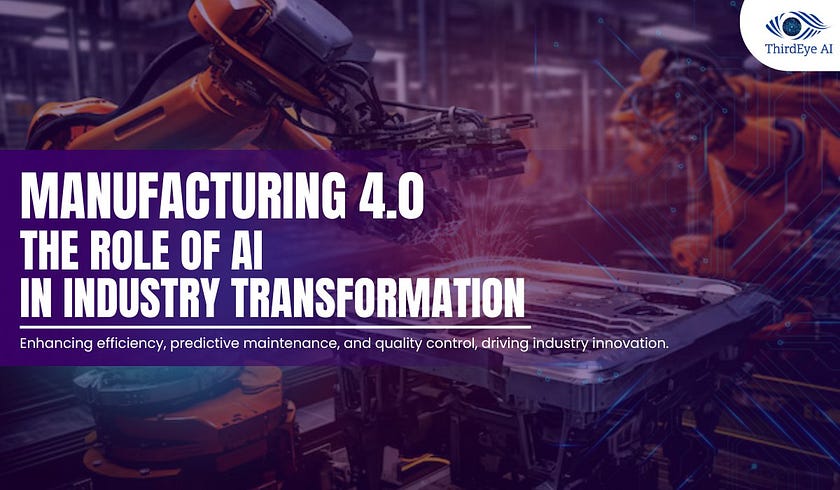
Artificial Intelligence (AI) is not just changing the game for manufacturing — it’s rewriting the entire playbook. From streamlining operations to sparking unprecedented levels of innovation, AI is driving a revolution that’s reshaping the industry. For companies aiming to thrive in today’s fast-paced, global market, embracing AI is no longer optional — it’s essential. This article dives into the dynamic ways AI is transforming manufacturing and offers a glimpse into the exciting future that lies ahead as this technological evolution continues.
Boosting Production Efficiency with AI
AI is revolutionizing production efficiency in manufacturing. Through AI-driven automation, machines handle repetitive tasks with precision, minimizing human error and boosting output. AI-powered robotics operate 24/7, maintaining consistent quality while drastically reducing production times. Moreover, AI algorithms analyze real-time data from the production line, quickly spotting bottlenecks and optimizing processes to keep operations running smoothly and efficiently.
AI-Driven Predictive Maintenance: Minimizing Downtime
AI is transforming equipment maintenance in manufacturing through predictive maintenance. By analyzing sensor data from machinery, AI can detect early signs of wear and tear, predicting potential failures before they happen. This proactive approach minimizes unplanned downtime and extends the life of costly equipment, leading to substantial long-term savings for companies.
Modernize Quality Control with AI
AI is redefining quality control by moving beyond traditional, error-prone methods. With AI-powered vision systems, products are inspected with microscopic precision, spotting defects that might elude the human eye. Operating at high speeds, these systems ensure that every product meets the highest standards before it leaves the production line. This leads to superior product quality and reduces waste by identifying and removing defective items early in the process.
Facilitating Customization and Flexibility
In an era where consumer demand is increasingly leaning towards customization, AI offers manufacturers the flexibility to meet these expectations. AI algorithms can analyze consumer preferences and market trends, allowing manufacturers to adapt their production lines quickly and efficiently to produce customized products. This flexibility is particularly valuable in industries like automotive and electronics, where customization is becoming a key differentiator.
AI-Powered Supply Chain Optimization: Streamlining Efficiency
AI is revolutionizing supply chain management by analyzing data from suppliers, logistics providers, and market conditions. It predicts demand fluctuations and optimizes inventory levels, ensuring materials are available when needed while minimizing stockouts and excess inventory. Additionally, AI enhances delivery routes and schedules, cutting transportation costs and boosting overall supply chain efficiency.
The Future Work: Redefining Manufacturing Careers
AI isn’t just automating tasks — it’s reshaping the entire workforce in manufacturing. By handling repetitive and mundane duties, AI allows human workers to tackle more complex and creative challenges. This evolution is giving rise to new roles that demand advanced skills in AI and robotics. As a result, there’s an urgent need for reskilling and upskilling programs to equip the workforce for this exciting new era in manufacturing.
AI’s Transformative Impact on Manufacturing: Embracing the Future
AI is revolutionizing manufacturing, enhancing production efficiency, predictive maintenance, quality control, and supply chain management. As AI evolves, its influence will continue to drive innovation, enable customization, and reshape the workforce. For manufacturers, adopting AI is not just a choice but a strategic necessity to excel in the future of industry. ThirdEye AI stands at the forefront of the AI revolution, offering cutting-edge solutions that drive transformation across industries, from optimizing manufacturing processes to enhancing predictive maintenance and quality control.
Comments